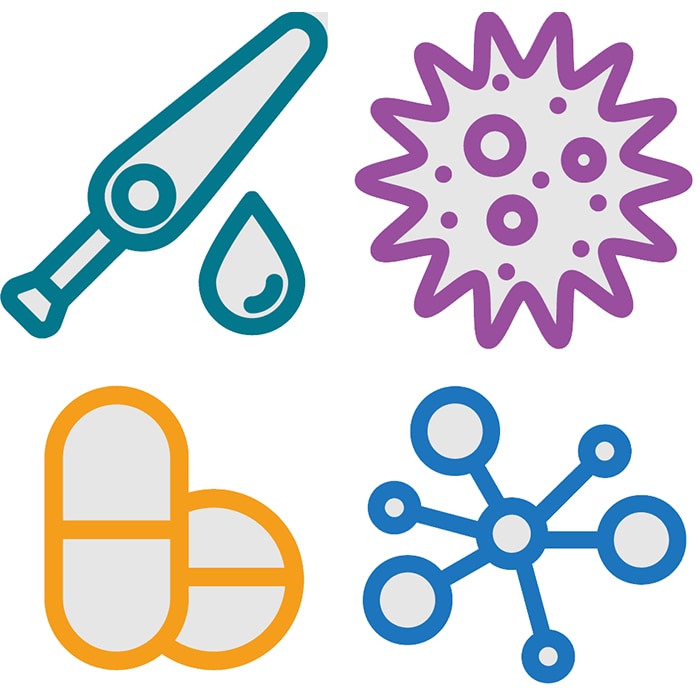Visit the COVID-19 and HIV page for the latest updates on the novel coronavirus outbreak and HIV.
Treat

The Ending the HIV Epidemic in the United States (EHE) initiative aims to reduce new HIV infections by 90% by 2030. The initiative includes four pillars: DIAGNOSE, TREAT, PREVENT, and RESPOND, and will scale up science-based strategies for each that can end the epidemic.
HIV treatment not only preserves the health of people with HIV, but it is also one of the most powerful strategies to prevent HIV transmission.

But 1 in 4 people with HIV are not receiving needed HIV care.*
In 2019, 81% of persons receiving a diagnosis of HIV were linked to care within 1 month.
Linkage to Care
by Race/Ethnicity
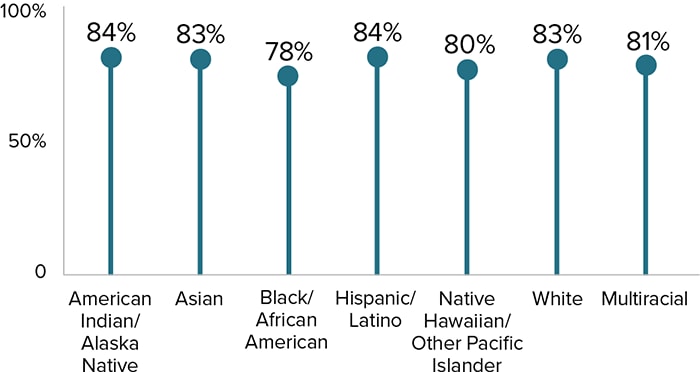
Linkage to Care
by Gender
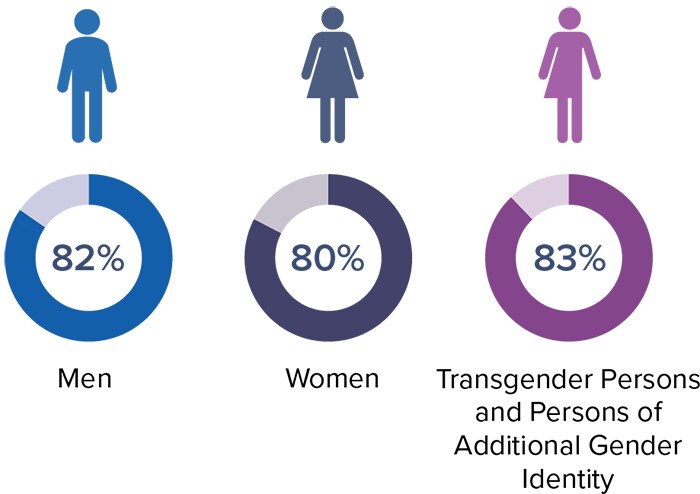
Linkage to Care
by Transmission Category**
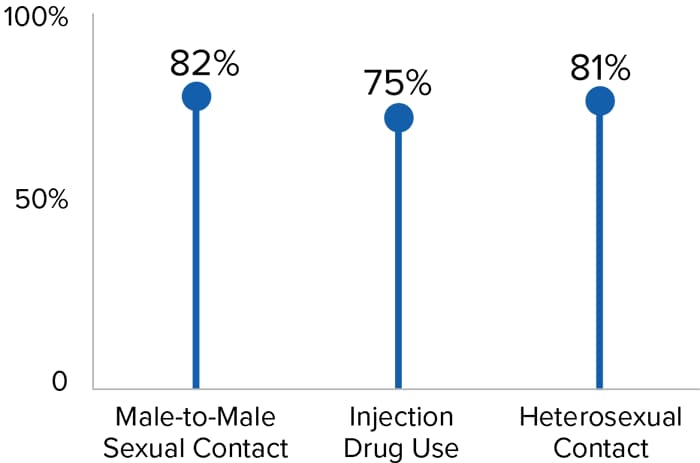
Linkage to Care
by Age
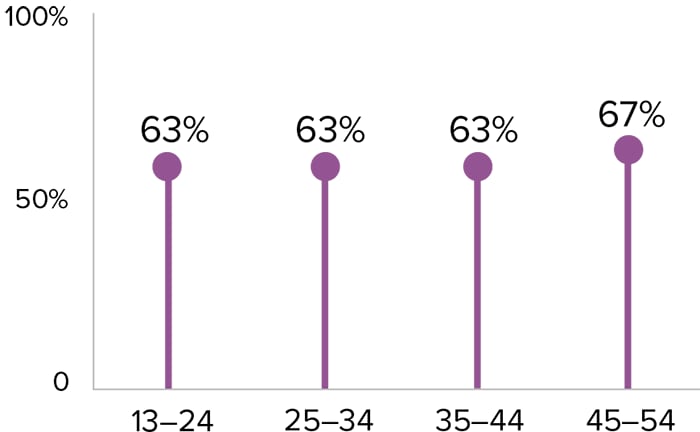
In 2019, 66% of people with diagnosed HIV were virally suppressed. Antiretroviral therapy (ART) not only preserves the health, quality of life, and life expectancy of people with HIV but also is a powerful tool to eliminate HIV transmission if taken as directed by all who need it. People who receive HIV treatment and then reach and sustain an undetectable viral load have effectively no risk of sexually transmitting the virus to others.
Viral Suppression
by Race/Ethnicity
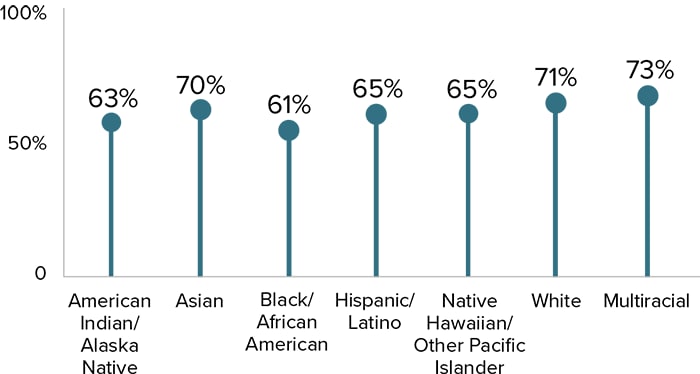
Viral Suppression
by Gender
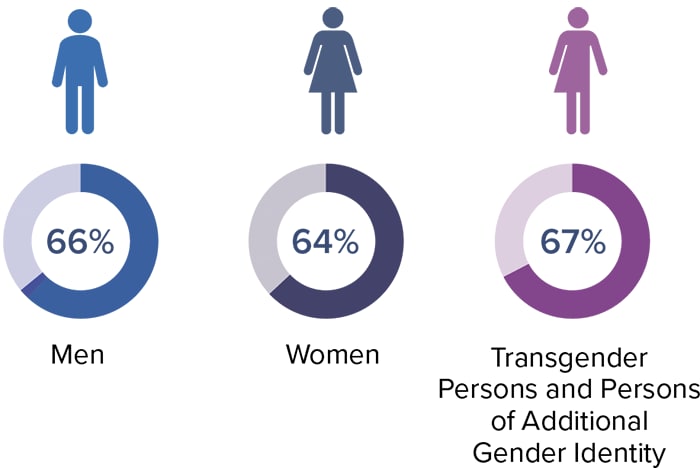
Viral Suppression
by Transmission Category†
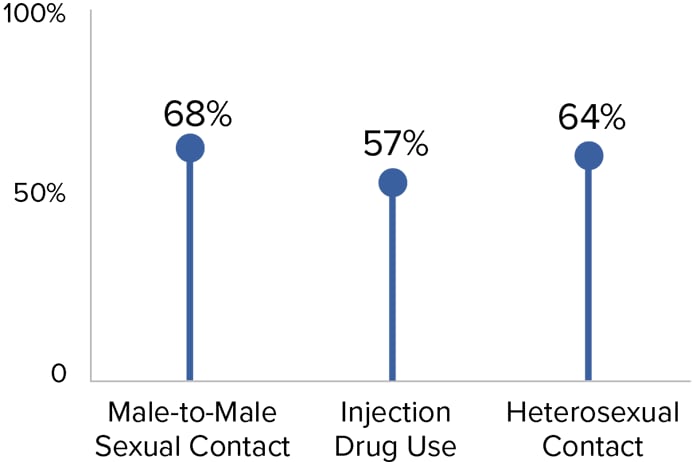
Viral Suppression
by Age
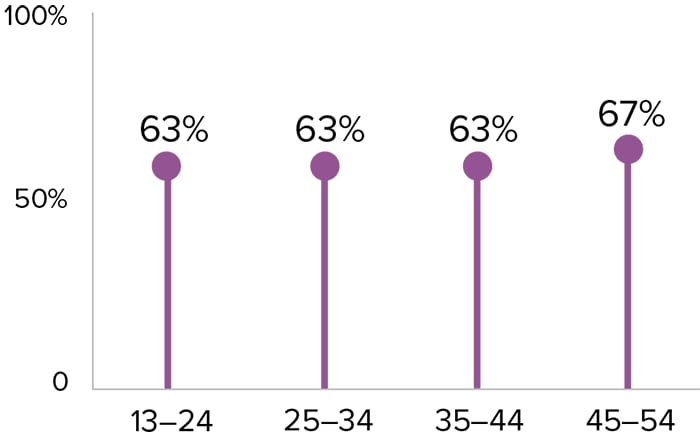
CDC is working with grantees, partners, and providers to quickly link people with HIV to care and treatment, and re-engage those who have stopped receiving care.
Strategies to treat people with HIV rapidly and effectively:
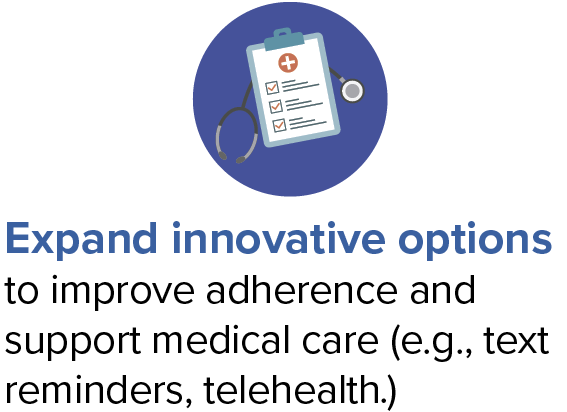
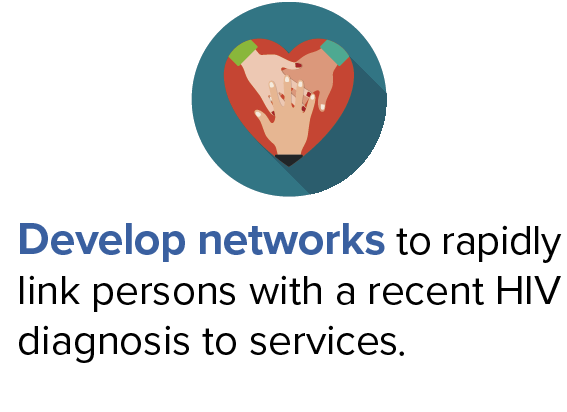
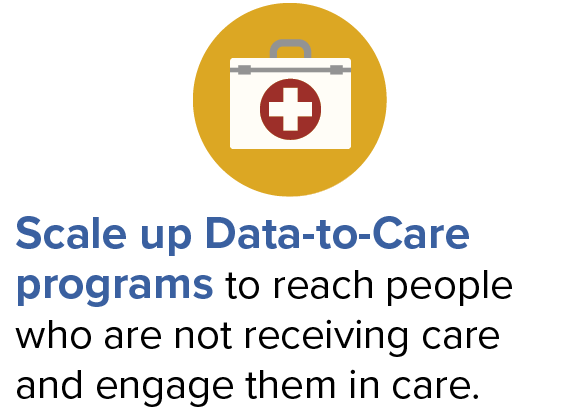
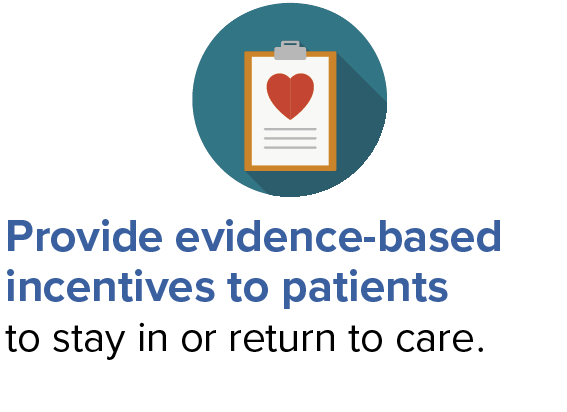
Ending the HIV Epidemic Goals
Current HIV treatment guidelines recommend all people with HIV begin treatment as soon as possible after receiving a diagnosis. CDC is working with communities and partners on:
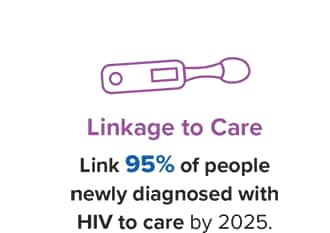
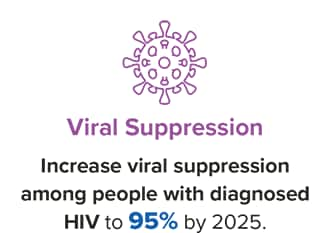
* Centers for Disease Control and Prevention. Monitoring selected national HIV prevention and care objectives by using HIV surveillance data—United States and 6 dependent areas, 2019. HIV Surveillance Supplemental Report 2021;26(No.2). http://www.cdc.gov/hiv/library/reports/hiv-surveillance.html. Published May 2021. Accessed March 8, 2022. Note: Data from 44 states and the District of Columbia.
* * Transmission category data are presented based on sex at birth and include transgender persons.
† Percentage of persons with diagnosed HIV who had at least one CD4 or viral load test run by a health care professional in a given year.
